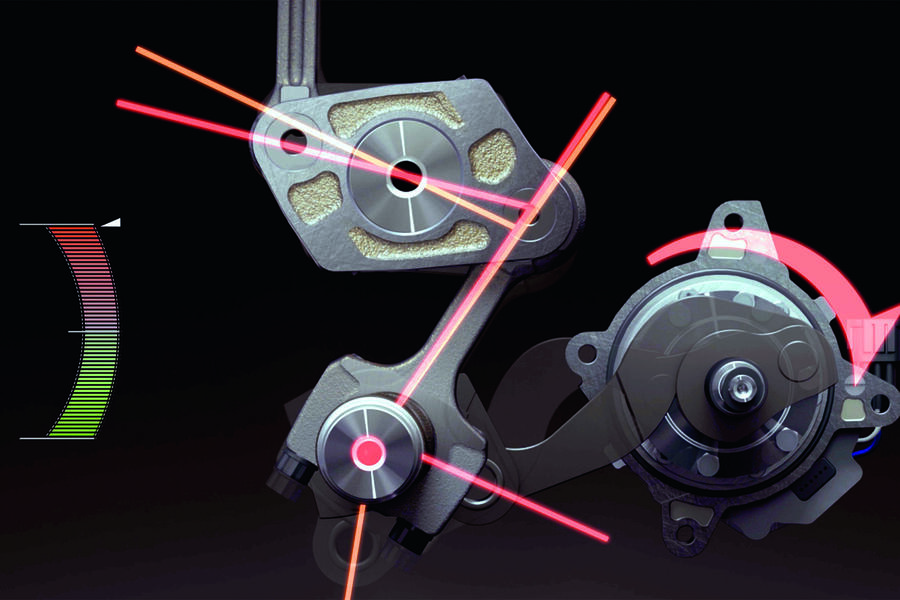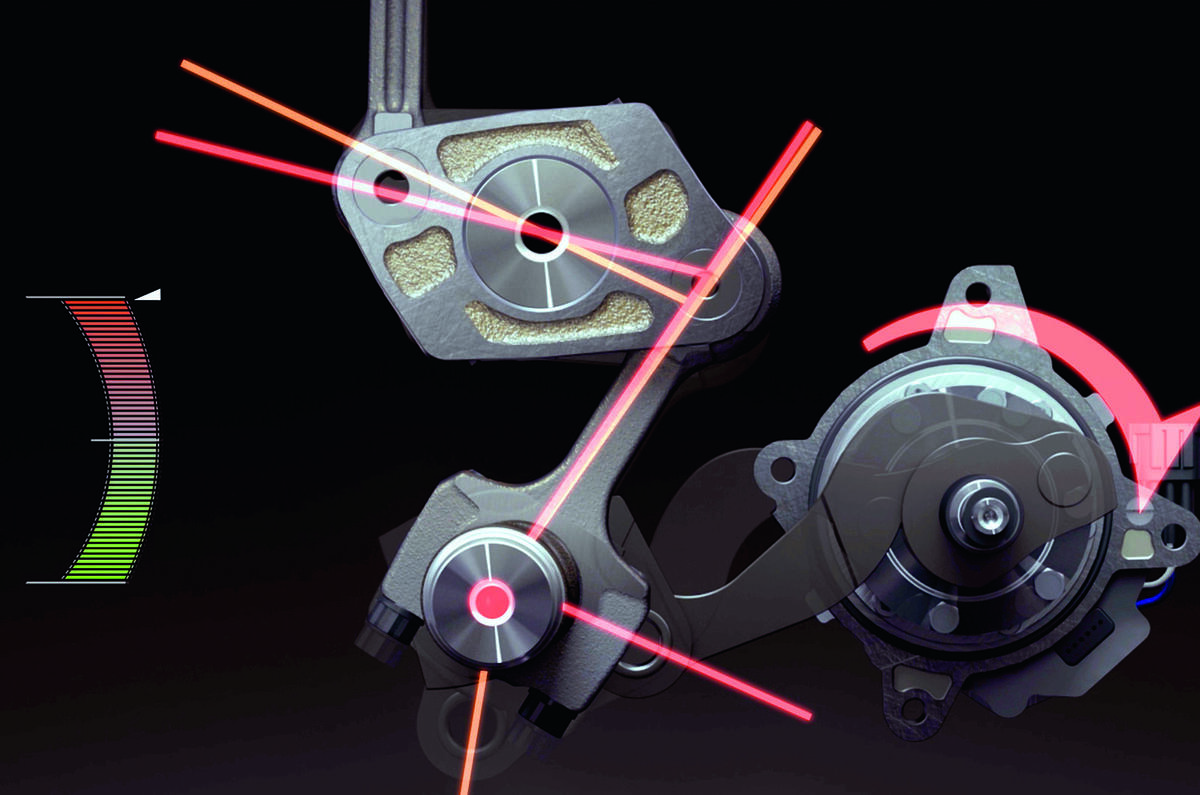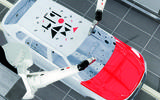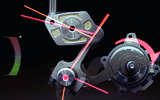In the past decade, the ability to customise a new car to the nth degree has become almost a given, and it’s a trend that isn’t showing any signs of slowing down. Although 1950s-style two-tone paint jobs have all but died out, many manufacturers still give you the option of a different-colour roof panel, vinyl decals or some type of cladding to add a splash of visual drama.
The problem with painting panels different colours and to some extent adding vinyl decals (go-faster stripes being a classic example) during production is the time it takes. For a roof panel to be painted a different colour, the bodyshell has to make one pass through the spray booth, its lower half masked off, and then another pass for the second colour. Typically, that needs operators to apply the masking and another set of operators to remove it afterwards.
Now, though, industrial giant ABB has come up with the slickest of technologies that not only makes second colour panels a cinch but also gives the opportunity for customising with images in a way that’s presently reserved for vinyl wrap. Called Pixelpaint, the new robot technology brings inkjet printer-type flexibility to the vehicle production line’s paint shop.
Pixelpaint robots are equipped with a spray head much like existing paint-shop robots. The difference lies in the detail of the head. Instead of being equipped with a conventional atomising spray nozzle, the robot has a printing head equipped with 1000 nozzles. One of the trickiest aspects of spraying a car is overspray, with paint ending up where it’s not wanted. This is partly due to the fact that, normally, the spray is exactly that: a mist-like spray of paint that comes out of the gun and sticks to anything it touches.
Overspray is due to the imprecise nature of a spray (so no sharp edges) and the fact that some paint will bounce off the surface that’s being painted. Electrostatic painting, where the paint particles are charged, helps that and gives a more even distribution of paint. But generally, 70-80% of the paint ends up on the car and the rest ends up as waste to be collected in filters.
With Pixelpaint, it’s claimed that 100% of the paint ends up on the car.
The smallest droplet is about the size of two human blood cells side by side, and the definition of any edges is absolutely pin-sharp.
The robots come with a software package for programming the paint scheme, and sending predesigned images to the robot is a similar process to using a paint package on a home computer with a desktop printer. Pretty much anything is possible, from lettering to numerals to fancy graphics, as long as it’s a single-colour-line image (so no photographic-type images).
While any cost saving may inevitably end up in the car maker’s pocket, Pixelpaint should theoretically make it possible for manufacturers to offer their customers wider and more interesting ranges of customisation options at reasonable prices.
Nissan's high-tech hybrid








Join the debate
Add your comment
This comment is not specifically about paint jobs; I just question the opening statement that "the ability to customise a new car to the nth degree has become almost a given" - not unless you're in the market for a German "prestige" offering when everthing can be selected individually from a vastly overpriced menu of options. For the less affluent among us, apart from a limited choice of paint colours, options are all uncased in trim packages where you are unlikely to get everything you want and yet are fobbed off with unwanted stuff you don't. Manufacturers always bang on about their wonderfully flexible manufacturing systems that allow different models to go down the same production line, yet they cannot be bothered to offer flexibility in choosing precisely the options you want.
I thought exactly the same when I started reading this. And of course, this is on top of the reduced choice with regard to things like transmissions and the type of vehicle in the first place. If you don't want a 5-door SUV then your options are severely limited ,true choice for the motoring consumer is at an all time low.
I'm a printer engineer, specifically in inkjet, so I find this interesting tech to see being used on vehicles.